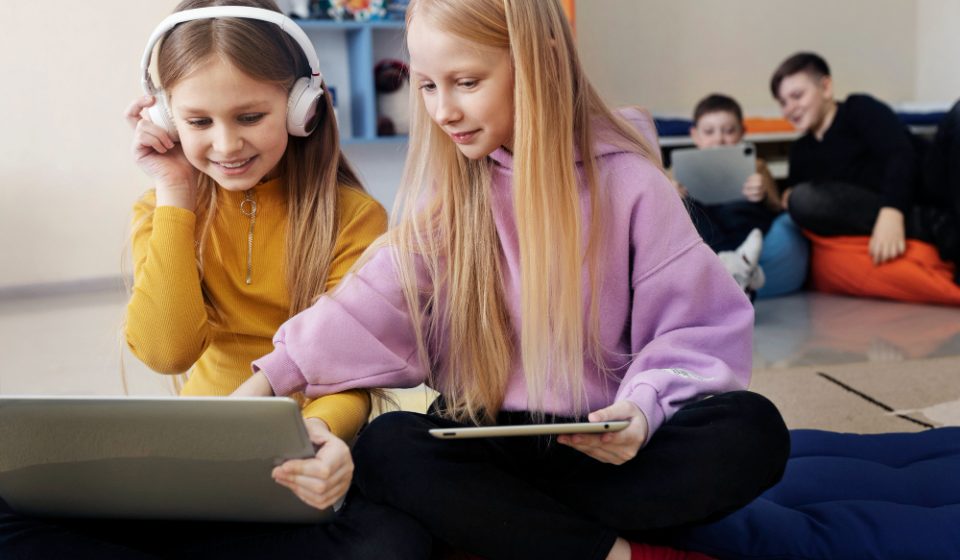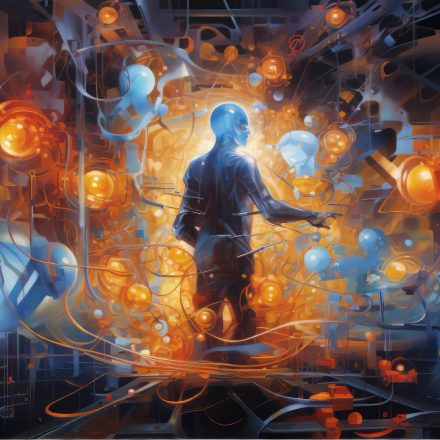
The Generation That Learns Through Video: Could Short Formats Replace Traditional Textbooks?
Every year, billions of micro-videos, educational snippets, and short-form explainers circulate on platforms like YouTube, TikTok, and Instagram, reshaping learning into something dynamic, visual, and emotionally engaging. This evolution represents more than a mere shift in medium—it signals a profound reconfiguration of attention, communication, and cognition.
Unlike the static pages of a textbook, videos tap into our innate preference for movement, color, and rhythm, allowing learners to process information intuitively and contextually. For many in Generation Z and Alpha, the visual and auditory coherence of short videos feels more natural than reading chapters of text designed for the slower tempo of prior generations. They see learning as an experience—interacting with creators, testing out tutorials in real time, and reflecting lessons through dialogue and remix culture.
However, this movement also raises critical questions about depth, retention, and academic rigor. If knowledge now flows through fifteen-second clips or brief visual summaries, can learners still cultivate the patience required to analyze complex theories? Does video-based education improve accessibility or simply accelerate superficial understanding?
Educational psychologists and researchers are beginning to map how attention spans, memory formation, and comprehension differ between traditional reading and short-form video consumption. They point to both advantages and limitations: while videos can support diverse learning styles and convey emotion effectively, they can also foster passive engagement. The generation growing up in this media-rich environment thus faces a paradox—it has unprecedented access to modes of learning yet must navigate how to use them critically and purposefully.
Whether this generation will redefine literacy itself, moving from text-based comprehension to a more fluid, visually literate intelligence, remains an open and compelling question that continues to challenge educators, content creators, and policymakers alike.
Traditional textbooks have long served as the foundation of formal education, offering structured progression, depth, and credibility. Yet, in an age driven by immediacy and digital fluency, their linear structure feels increasingly distant from the way students interact with information online. The modern classroom is already hybrid, merging the physical and the digital; what was once supplementary media has now become central.
Teachers curate playlists of instructional clips, students exchange insights through tutorials, and explanations are dissected in comment threads rather than footnotes. The question then is not merely whether short videos will replace textbooks, but how education can blend the strengths of both—the authority of carefully curated text and the accessibility of visual storytelling.
Short-format videos bring distinct pedagogical benefits: they promote active recall through repetition, make abstract ideas tangible, and support learners of various linguistic and cognitive backgrounds. A 30-second explanation of a scientific principle or a quick animation of a historical event can make complex concepts easier to grasp. Demonstrations, infographics, and visual metaphors transform abstract data into sensory experiences, allowing students to learn “by seeing” rather than through rote memorization.
However, their brevity also limits complexity, prompting concerns about fragmented understanding. Short videos may capture attention but rarely provide the analytical structure necessary for mastery. Without guided discussion, reflection, or extended reading, learners risk developing only a surface familiarity with topics that demand critical thought and sustained focus.
The ideal future may not lie in choosing between book and video but in constructing multi-modal curricula that balance brevity with depth. Instead of discarding textbooks, educators might adapt their content into interactive formats that coexist with microlearning techniques—videos linked to digital chapters, short explainers embedded with reading prompts, or gamified quizzes that complement narrative learning.
As institutions explore these integrations, the idea of a “textbook” could evolve from a printed artifact to a living, adaptive system of modular learning experiences—responsive to both technological progress and the diverse intellectual habits of a visual-first generation. In this future, videos may not replace textbooks but rather expand what we mean by learning material. The true transformation lies not in the medium itself, but in how it reshapes our methods of inquiry, comprehension, and curiosity.









